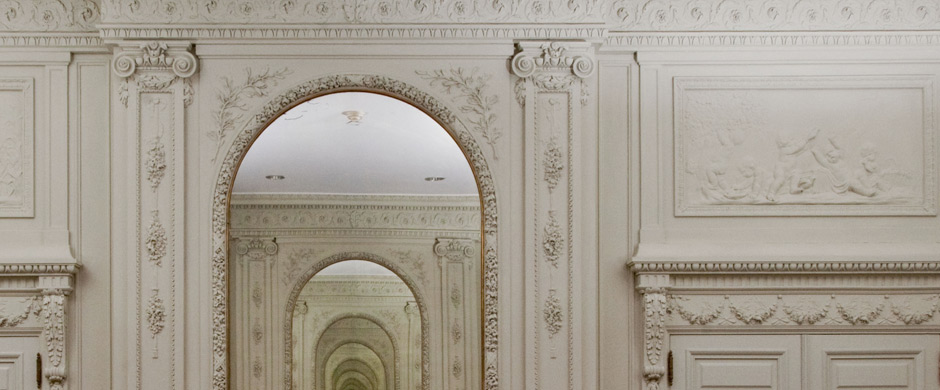In the formative stages of my academic career I was fortunate enough to live and study in Turkey at a time when its libraries and museum collections were more accessible for study than they have been for decades. I was also able to travel and explore the geography and architectural monuments of Iran before the Iranian revolution. This acquaintance with the region was critical for my understanding of its climate and topography, both factors which had an important impact on the region’s artistic production.
The strong regional differences in the various key settlements in Iran and Central Asia and their separation from each other by desert-like zones lacking in water resources or ranges of low mountains impeded the development of strongly centralized states or widespread cultural movements. Although modern nationalist discourse stresses the area’s cultural unity, a close examination of the pre-modern period reveals a strong tendency toward regional separatism, punctuated by periods in which the conquest of one zone by another created a broader artistic tradition. Broader connections were also fostered by the voluntary or involuntary relocation of artists from one center to another, often as a consequence of clashes between competing local rulers.
These opportunities for study and travel made me aware of the existence of a rich tradition of painting and calligraphy on paper produced in Iran and Central Asia between the thirteenth and fifteenth centuries and my travels gave me insight into the historical and physical context in which such works were produced. That contact, augmented by research visits to library and museum collections in Europe, the United Kingdom and the United States, alerted me to the many unexplored questions that need to be resolved in order to gain insight into the human and historical context that supported the production of these works. In my publications and teaching I continue to explore topics that were raised by this initial exposure.
As noted above, by chance that period of exposure to this region and to its paintings and works of calligraphy coincided with a period in which the political climate in Turkey and Iran was more welcoming to foreign scholars than has been true in the recent past. I was also aided by the fact that some of the administrators of the most important collections were neither clerical functionaries nor members of the political party in power being rewarded for services rendered in another arena, but were rather young scholars who had been taught by professors who had been trained in the Germanic tradition of art historical studies. Thus key persons who controlled access to research materials understood why I might want to study those materials and why I needed to obtain photographs of selected items. These shared interests with the persons who controlled my access to key collections facilitated and enriched my own research.
Although scholars in Europe and North America had previously become aware of the artistic and historical interest of the painting and calligraphy produced in Iran and Central Asia during the thirteenth to fifteenth centuries, there were few synthetic studies which provided an overview of such materials. A tendency to focus on a limited number of examples in the most accessible collections combined with a desire to attribute pictures or calligraphies to individual hands, despite the paucity of documented examples, made it difficult to integrate specific examples into a larger cultural framework or to establish a more contextual evaluation of the importance of such works. There is still a need for such broader studies.
Once I began to teach, the fact that American students had little knowledge of the artistic heritage or historical framework of the Near East was an important factor that shaped my approach to teaching. Although there are some collections with notable examples of arts of the book, most American collections of Near Eastern Art consist primarily of ceramics with a few examples of metalwork. This circumstance encouraged me to add the study of ceramics to my repertoire and this addition also made me aware of the importance of trans-regional contacts between the Near East and East Asia, particularly China. An explosion of publications concerning the production of ceramics in China continues to provide me with important opportunities to explore pan-Asian links through the production and trade in ceramics.
A desire to enhance my understanding of the cultural and artistic connections between the Near East and South Asia led me to develop general courses on the pictorial arts of the Indian subcontinent suitable for undergraduates. Since artists from Iran and Central Asia often sought employment at South Asian courts, knowledge of both regions is beneficial for my understanding the artistic outcomes of such migrations.





